Parts-Based Therapy and the Inner Critic

Have you ever noticed a harsh, critical voice in your head that seems to constantly put you down? A voice that tells you you’re not good enough, smart enough, attractive enough, or worthy enough? If so, you’re not alone. This inner critic is a common experience for many people, and it can have a profound impact on mental health, self-esteem, and overall well-being.
From the perspective of parts-based therapies like Internal Family Systems (IFS) and Voice Dialogue, this critical inner voice is not just a negative thought pattern, but a distinct sub-personality or “part” of the psyche. Understanding the origins and functions of this part, and learning to relate to it with compassion, can be a powerful path to healing and transformation.
What is the Inner Critic?
In parts-based models of the psyche, the inner critic is seen as a protector part that develops early in life to help us navigate a world that may feel unsafe or threatening. If we grew up with critical, demanding, or abusive caregivers, for instance, we may have internalized their voices as a way to preempt external judgment and rejection.
In this sense, the critic’s harsh assessments and warnings are a misguided attempt to keep us safe and in line. If we can berate ourselves first, the logic goes, then maybe we can avoid the pain of others’ disapproval. If we can hold ourselves to impossibly high standards, maybe we can earn the love and acceptance we crave.
Of course, this strategy rarely works in the long run. Instead of shielding us from pain, the critic’s relentless attacks can lead to chronic feelings of shame, anxiety, and low self-worth. We may find ourselves caught in cycles of self-sabotage, procrastination, or perfectionism as we try to appease or avoid the critic’s judgments.
The Costs of Self-Criticism
Research has shown that excessive self-criticism is associated with a range of mental health challenges, including depression, anxiety disorders, eating disorders, and self-harm. People with harsh inner critics may struggle with assertiveness, boundary-setting, and healthy self-care, as they prioritize others’ needs and expectations over their own.
Moreover, the constant stress and self-doubt generated by the critic can take a toll on physical health, contributing to conditions like chronic pain, autoimmune disorders, and cardiovascular disease. When we’re perpetually in fight-flight-freeze mode, bracing against attacks from within, our bodies pay the price.
So why is it so hard to simply silence or ignore the inner critic? From an IFS perspective, it’s because the critic is not an enemy to be eliminated, but a part of us that needs understanding and compassion. Like all parts, the critic has good intentions at its core, even if its methods are counterproductive.
Befriending the Inner Critic
The goal of parts work is not to get rid of or suppress the inner critic, but to build a new relationship with it from the vantage point of the Self, the wise, compassionate essence at the center of the psyche. When we can approach the critic with genuine curiosity and appreciation, we create the conditions for profound transformation.
This process often begins with simply acknowledging the critic’s presence and being willing to listen to its concerns, without judgment or reactivity. This can be challenging at first, as the critic’s voice may feel deeply ingrained and automatic.
One helpful tool is to practice externalizing the critic, to experience it as a separate entity rather than the truth of who we are. In Voice Dialogue, this may involve setting up two chairs, one for the critic and one for the self, and literally having a conversation between these two parts.
From the Self chair, we can ask the critic questions like:
- What are you worried will happen if you don’t criticize me?
- When did you first take on this role of judging and warning me?
- What are you hoping to protect me from by being so harsh?
- What do you need from me to feel safe enough to soften or step back?
As we listen to the critic’s responses with openness and empathy, we may start to see the fears and beliefs driving its behavior. We may sense the young, vulnerable parts it’s trying to shield, the burdens of toxic shame and perfectionism it carries.
We may also discover that beneath its prickly exterior, the critic truly wants us to thrive and be happy. Its strategies may be outdated and hurtful, but its underlying intentions are positive. It may need reassurance that we can handle disappointment and setbacks, that we have other inner resources to draw on.
Integrating the Critic
As we build trust and understanding with the critic, we can begin to renegotiate its role in our inner system. We can thank it for its efforts to protect us, while gently explaining that its harsh tactics are no longer necessary or helpful.
We can ask it to step back and allow other parts to come forward, like the playful child, the compassionate caregiver, or the wise inner mentor. We can invite it to channel its discernment and high standards in more constructive ways, to become an ally in our growth rather than an adversary.
Integration doesn’t mean the critic disappears entirely. We all have a need for healthy self-reflection, for setting goals and evaluating progress. But when the critic is in a more balanced, harmonious relationship with the rest of the psyche, its assessments are more nuanced, realistic, and supportive.
Over time, as we develop more self-compassion and inner security, the critic naturally softens and relaxes. We may still hear its voice from time to time, but it no longer controls our sense of worth and well-being. We can meet it with a smile and a “thanks, I’ve got this,” and choose to listen instead to the wise, loving voice of the Self.
Parts Work in Practice
Befriending and integrating the inner critic is a central focus of many parts-based therapy approaches. In IFS, for instance, the process may involve:
- Identifying and separating from the critic through mindful self-observation and dialogue.
- Getting to know the critic’s fears, beliefs, and positive intentions.
- Connecting with the critic from the compassionate perspective of the Self.
- Unburdening the critic from past traumas and misguided roles.
- Negotiating a new, more constructive role for the critic in the inner system.
- Developing daily practices to strengthen self-compassion and inner trust.
Voice Dialogue, Gestalt therapy, and schema therapy are other modalities that work with inner critic processes in slightly different ways. The key commonality is learning to bring mindful, loving attention to the critical part, rather than trying to ignore, argue with, or eliminate it.
As a client learns to relate to their inner critic with more wisdom and care, they often find that their outer world begins to shift in positive ways as well. They may start to set healthier boundaries, take more risks, and treat themselves with greater kindness. They may attract more supportive, accepting people and opportunities into their lives.
Gradually, the internal chorus of judgment and doubt quiets, making space for the authentic, joyful expression of the whole self. The journey of critic integration is not always easy, but it is one of the most profound and liberating a person can take.
Bibliography:
Earley, J. (2012). Self-therapy: A step-by-step guide to creating wholeness and healing your inner child using IFS, a new, cutting-edge psychotherapy. Larkspur, CA: Pattern System Books.
Firestone, R. W., & Catlett, J. (2002). Conquer your critical inner voice: A revolutionary program to counter negative thoughts and live free from imagined limitations. Oakland, CA: New Harbinger Publications.
Neff, K. (2015). Self-compassion: The proven power of being kind to yourself. New York, NY: William Morrow.
Schwartz, R. C. (2021). No bad parts: Healing trauma and restoring wholeness with the Internal Family Systems model. Boulder, CO: Sounds True.
Stinckens, N., Lietaer, G., & Leijssen, M. (2002). The inner critic on the move: Analysis of the change process in a case of short-term client-centred/experiential therapy. Counselling and Psychotherapy Research, 2(4), 308-315.
Stone, H., Stone, S., & Erskine, R. G. (1993). Embracing our selves: The voice dialogue manual. Novato, CA: New World Library.
Timm, T. M., & Blow, A. J. (1999). Self-of-the-therapist work: A balance between removing restraints and identifying resources. Contemporary Family Therapy, 21(3), 331-351.
Yakhchi, S., Saeedi, Z., & Meyari, A. (2016). The effect of inner critic therapy on self-efficacy and quality of life in patients suffering from irritable bowel syndrome. Govaresh, 20(4), 240-247.



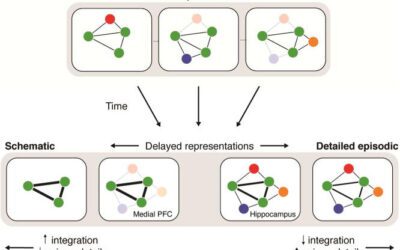

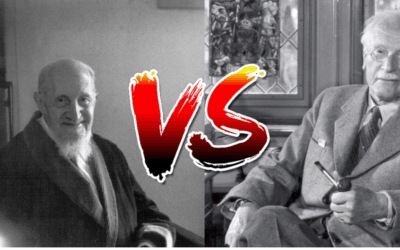






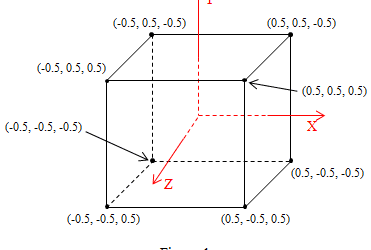


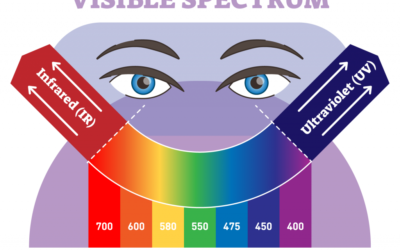




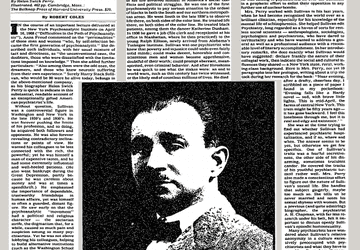





0 Comments